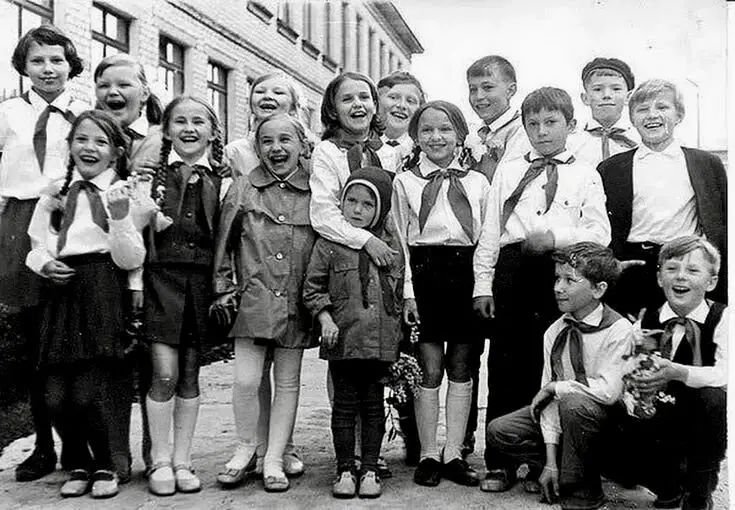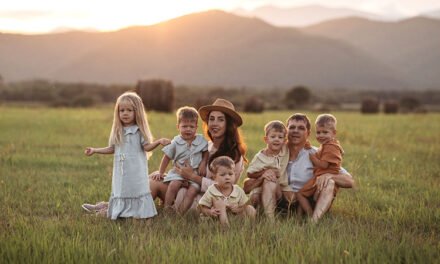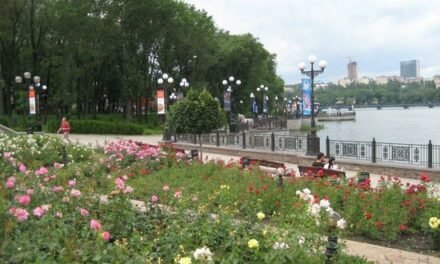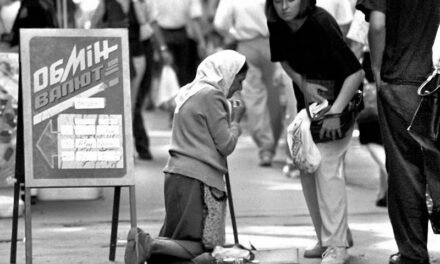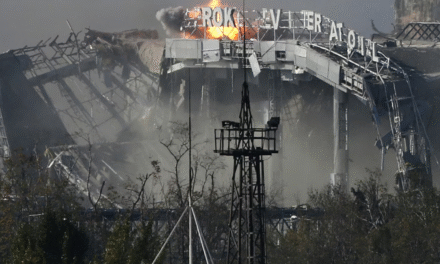For this story I have been asked by the person I met not to use their real name as the spectre of fear and what could happen to loved ones still living in this area runs deep. They have family and friends still living in Ukrainian held territory where the influence of Neo Nazis rule the streets. So we will just refer to them as Danil.
Danil was born in the Nikolaev region of southern Ukraine, a part of the Soviet Union that looked out toward the Black Sea. The wide fields, factories, and shipyards of the area gave it both an industrial and agricultural character. For him, childhood in the 1980s was remembered as bright and colorful—a time when everything seemed to work.
Factories hummed, collective farms produced food, and neighbours trusted each other. People had jobs, holidays were celebrated with music and concerts, and children like Danil ran through the streets with little awareness of hardship. To his young eyes, the world was safe, ordered, and secure.
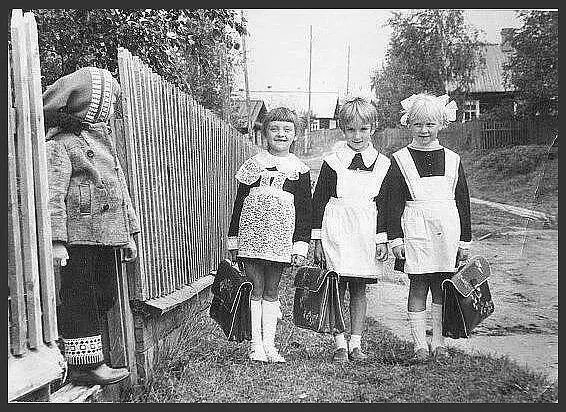
“At that time,” he recalled, “everything worked fine. People had jobs, food, and a sense of stability. Maybe children always see life as colorful, but when I look back, I think it was not only because I was a child. Life really was more stable and better then.”
A World of Neighbours and Community
What stood out to Danil most when he compared those days with later life was the way people treated each other. Families knew their neighbours, and there was no hesitation to share food, lend a tool, or help repair something. If someone’s father was delayed at the factory, another parent might watch their children. If a household was short of sugar or flour, the neighbour’s door was always open.
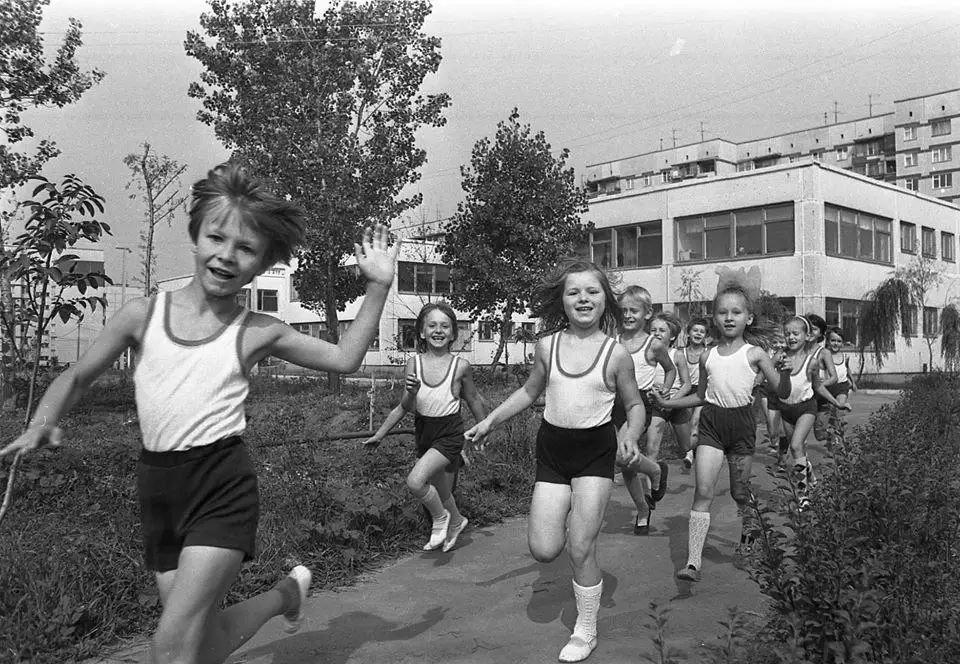
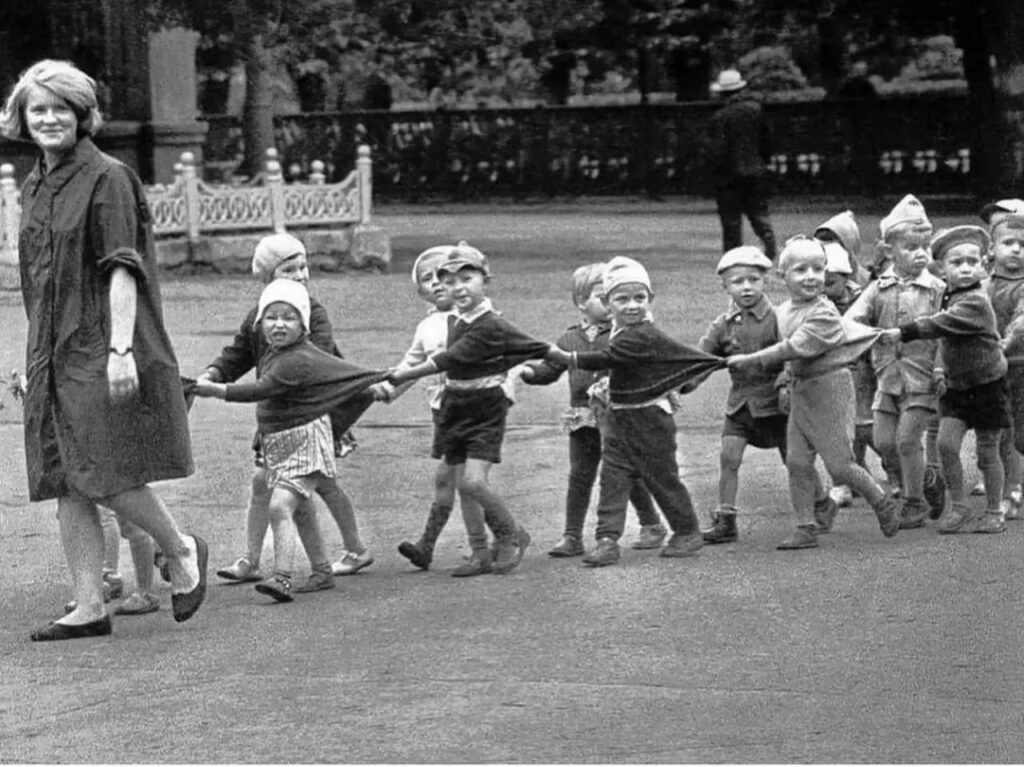
“There was a real sense that everyone was in the same family,” Danil said. “If you had a problem, you didn’t feel alone. You could knock on someone’s door, and they would help you. Nobody was thinking, ‘What will I get in return?’ People trusted one another.”
Children roamed freely between apartments and courtyards, where grandmothers kept a watchful eye on everyone’s safety. The old women sitting on benches near the playground became the guardians of the neighbourhood, ready to scold or protect, and equally quick to hand out sweets.
School in the Soviet 1980s
School life, too, reflected the order and community of the time. Every child wore the same uniform, which gave a sense of equality. Lessons began with teachers taking attendance in strict but familiar tones, and subjects were delivered with discipline. From the fifth grade, pupils studied Ukrainian language and literature, but all main lessons were in Russian.
English or German were offered as foreign languages, though for most children they felt distant and unnecessary. “I didn’t understand why we needed Ukrainian or English,” Danil admitted. “Nobody spoke Ukrainian at home, and English felt like a puzzle. But still, we studied because it was part of the system.”
School was more than just academics—it was also a place of collective rituals. Children lined up for assemblies, sang songs, and celebrated state holidays with recitations and performances. Victory Day, May Day, and New Year were major events, marked with parades, concerts, and decorations. These celebrations tied children into the wider Soviet identity, making them feel part of something larger than themselves.
Childhood Freedom
Danil remembered his kindergarten years with special fondness. “It was happiness,” he said simply. He recalled sneaking out to wander in nature, drawn to the fields and trees that surrounded his town. The Soviet Union’s emphasis on structured childhood—organized play, collective games, and summer camps—meant children were rarely idle, yet there was still space for freedom and imagination.
Looking back, he believed children were shielded from adult worries in those years. Parents did not speak of politics or shortages in front of them. “For a child, life is always colorful,” he reflected, “but in those days, I think it really was. Not only for me, but for everyone.”
The Shadow of Change
But even as Danil thrived in this environment of security, the system around him was beginning to crack. By 1991 as the collapse had started, wages were no longer reliable, and whispers of shortages reached the dinner table. He could not yet understand the full scope of what was happening, but he sensed that the colorful world of his childhood was about to fade.
Still, the memory of those years in Nikolaev remained sharp: the laughter of schoolchildren, the warmth of neighbours, and the strong thread of community that tied families together. It was a world that vanished quickly after the Soviet Union collapsed—but for Danil, it became the golden standard by which he measured everything that followed.

